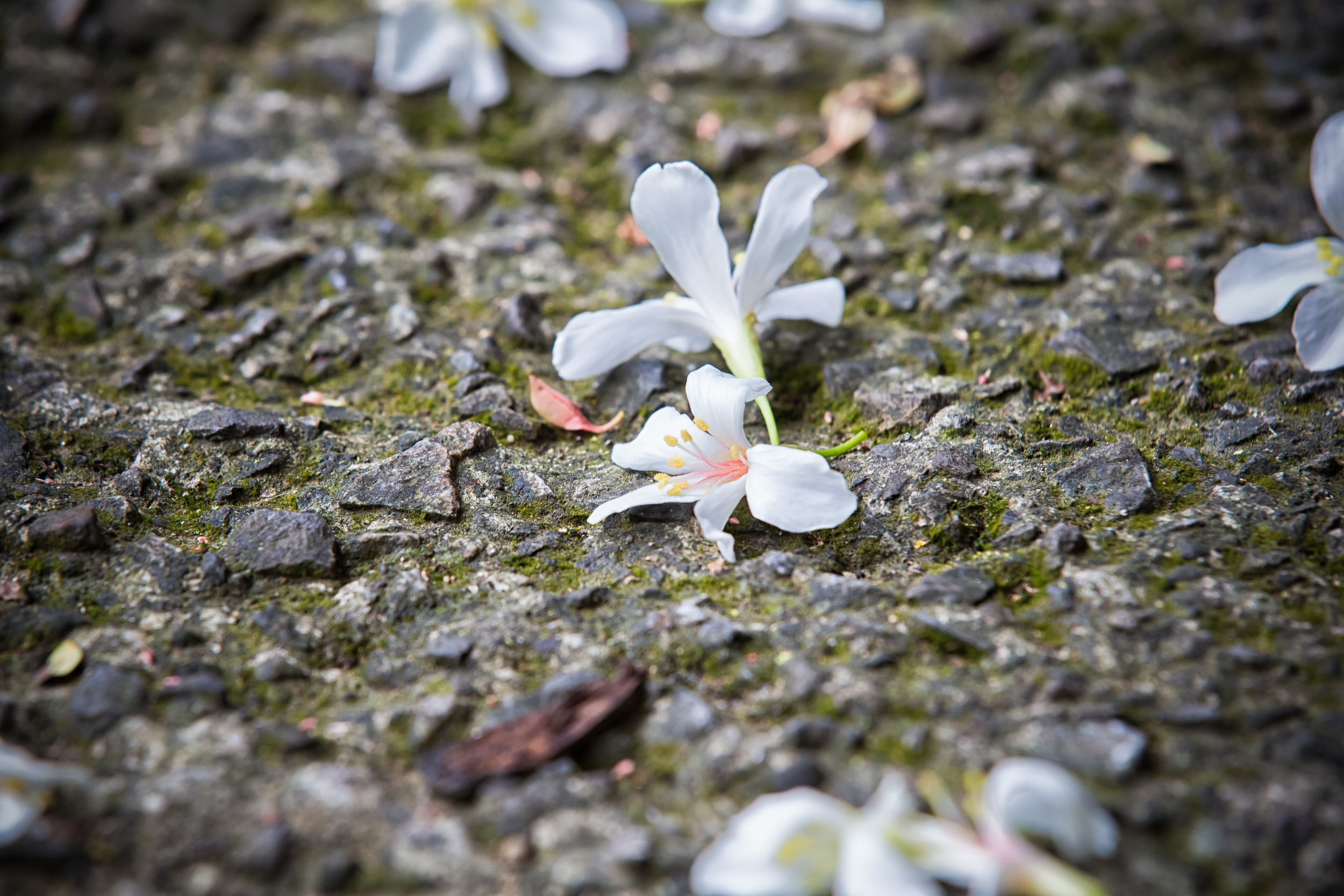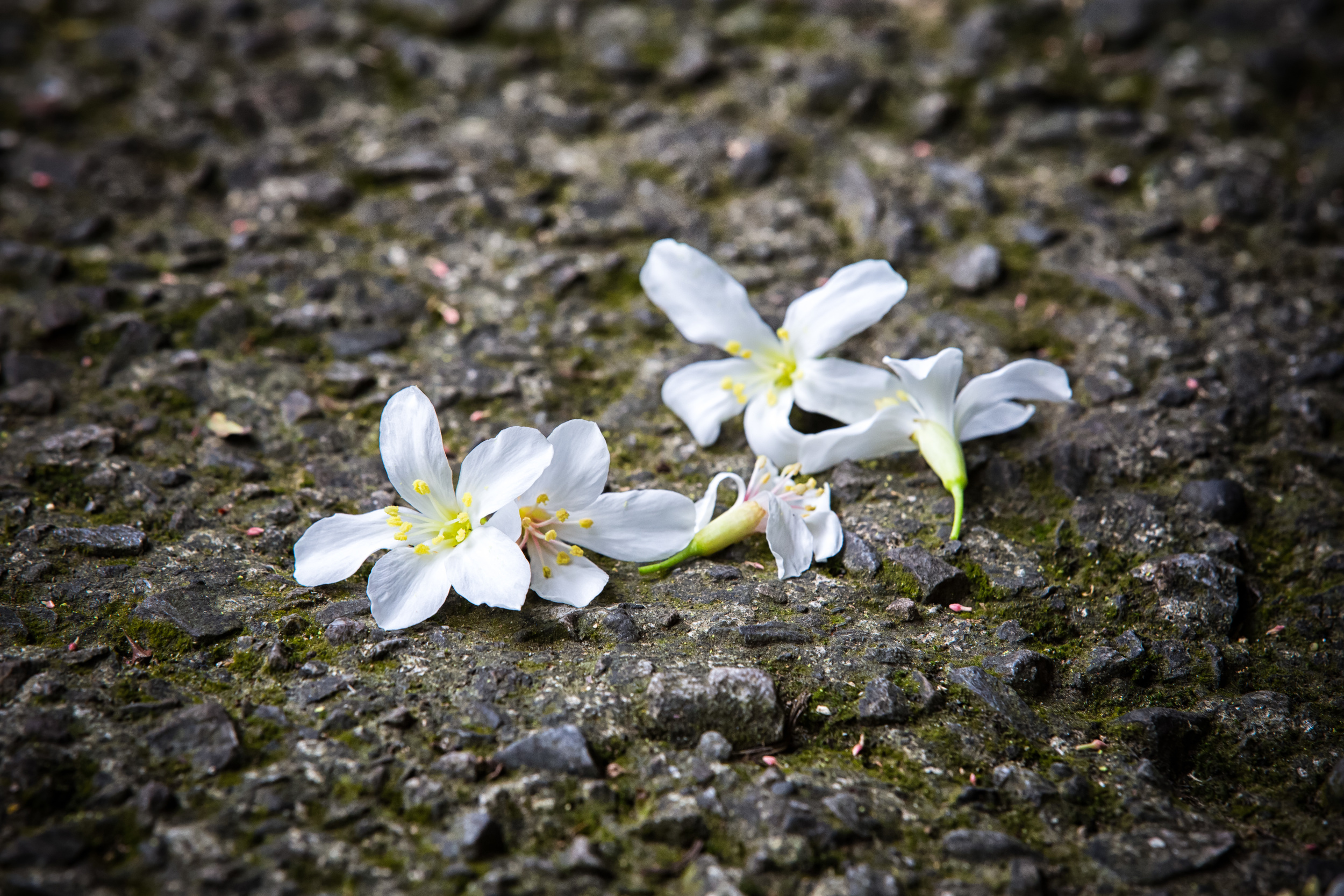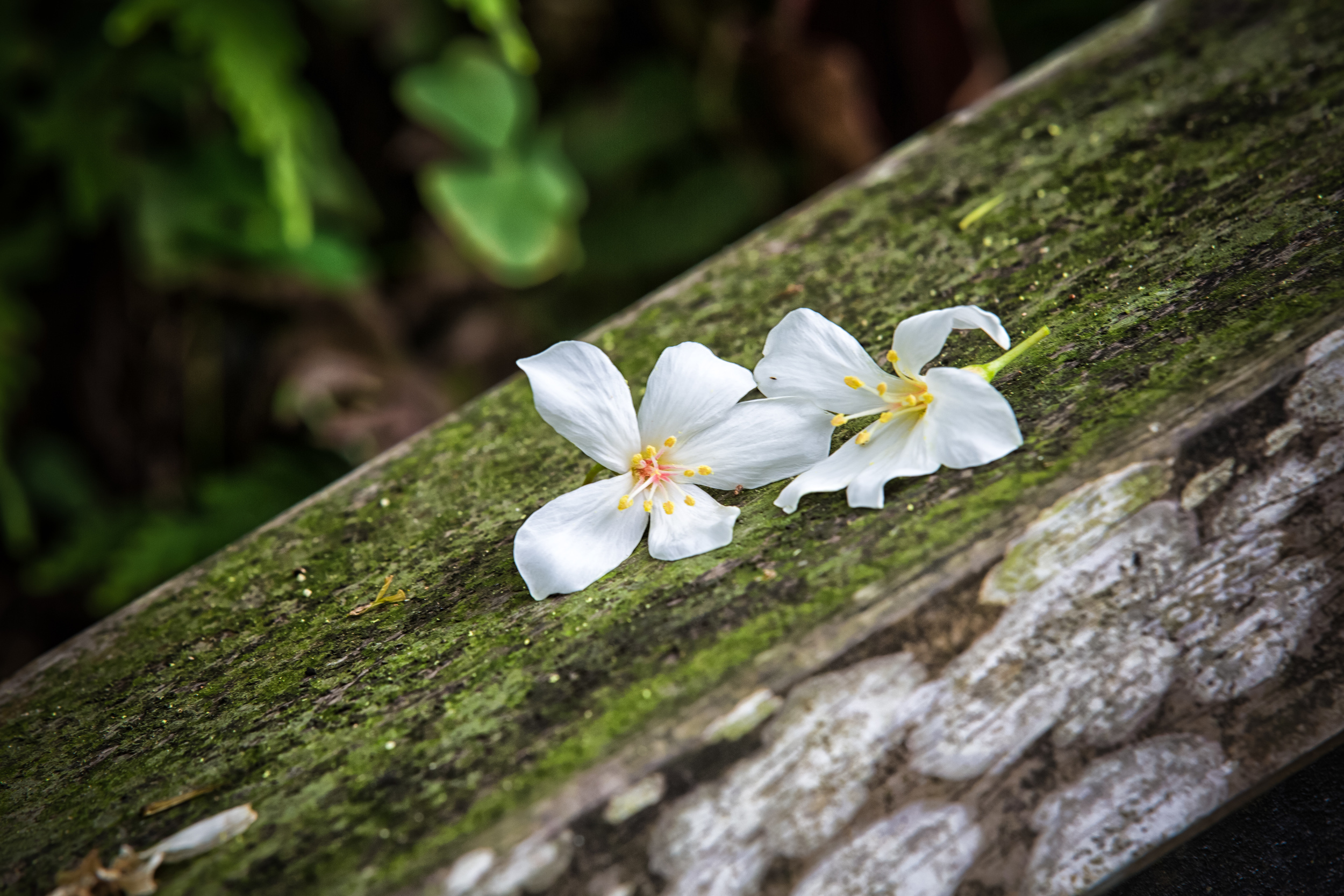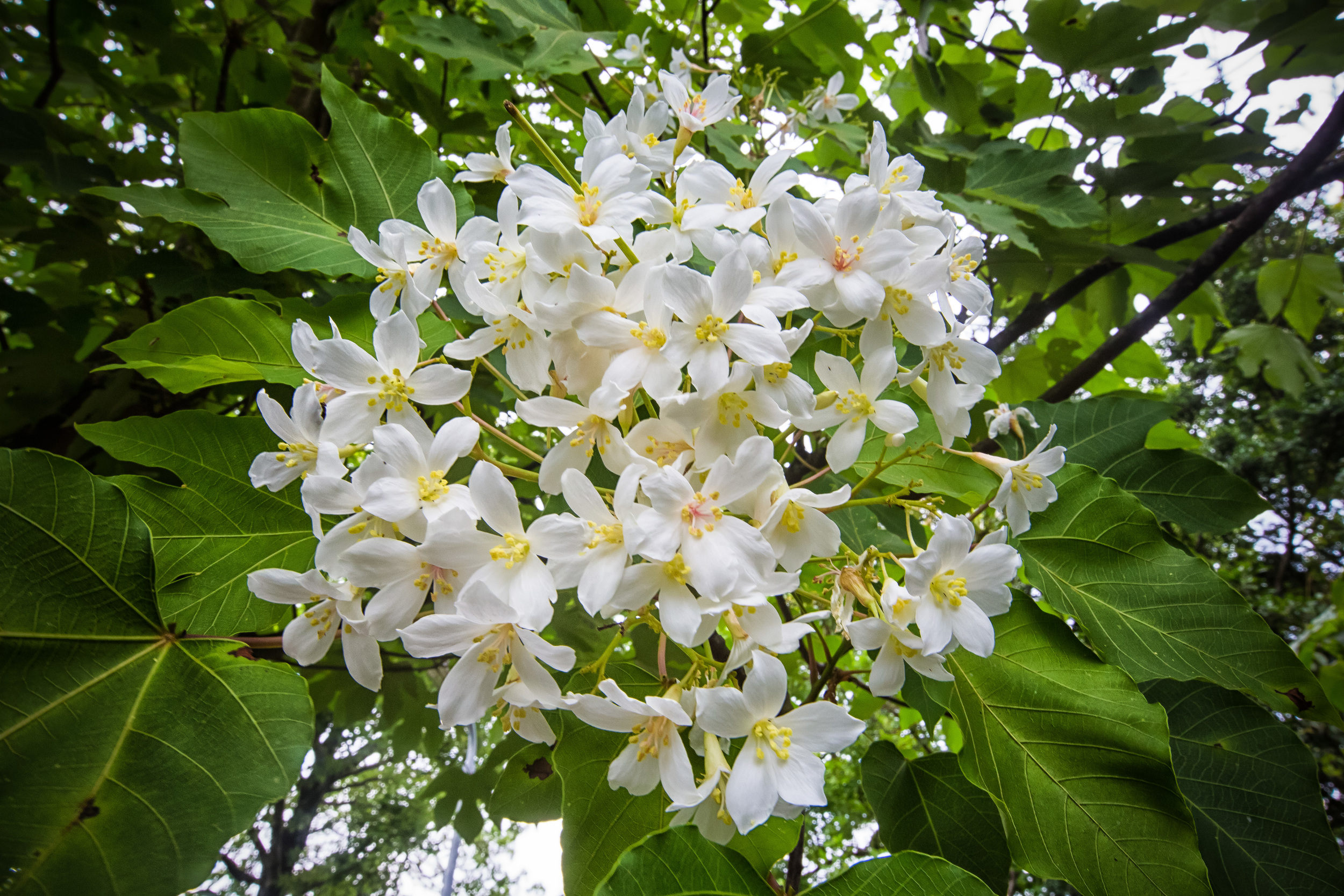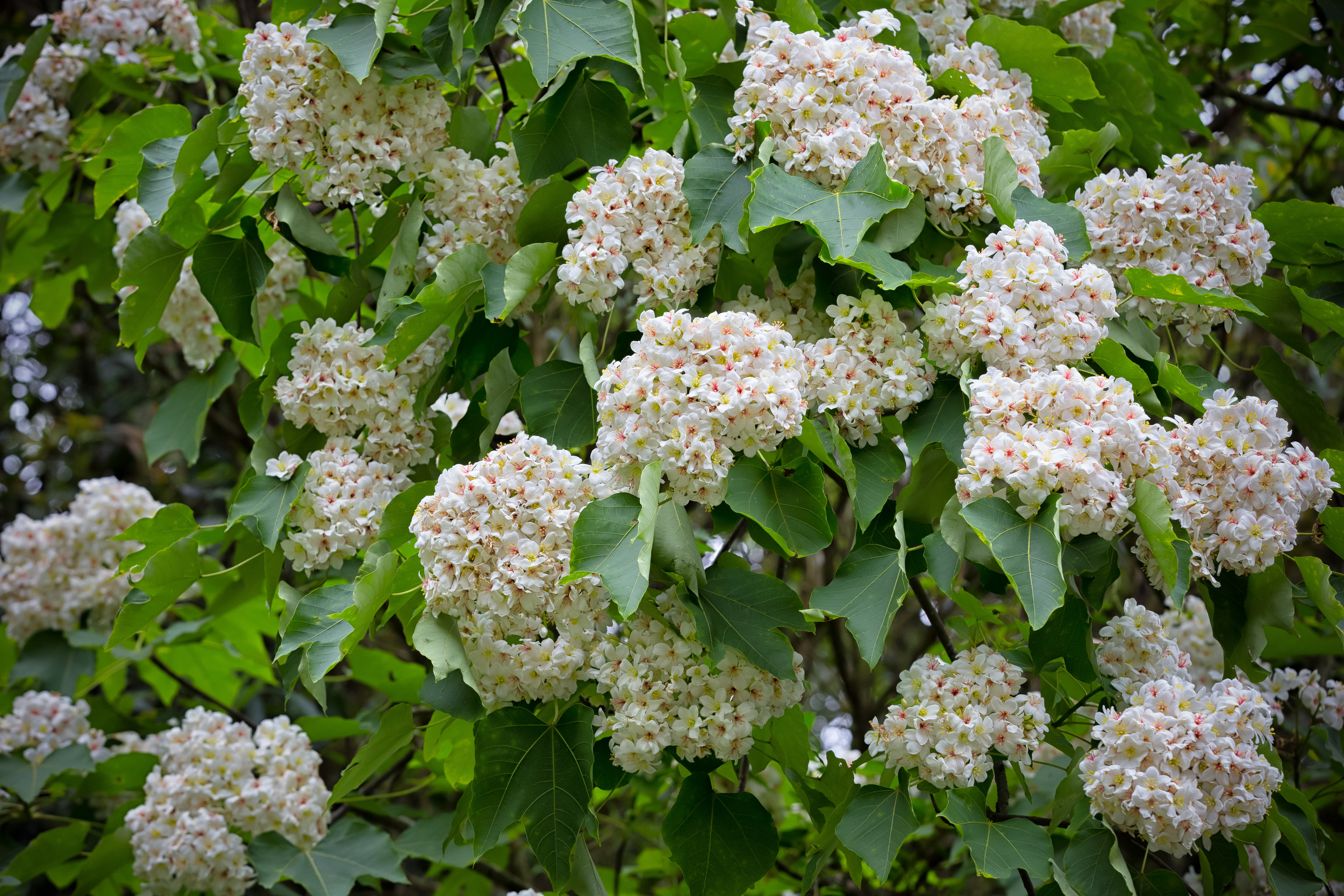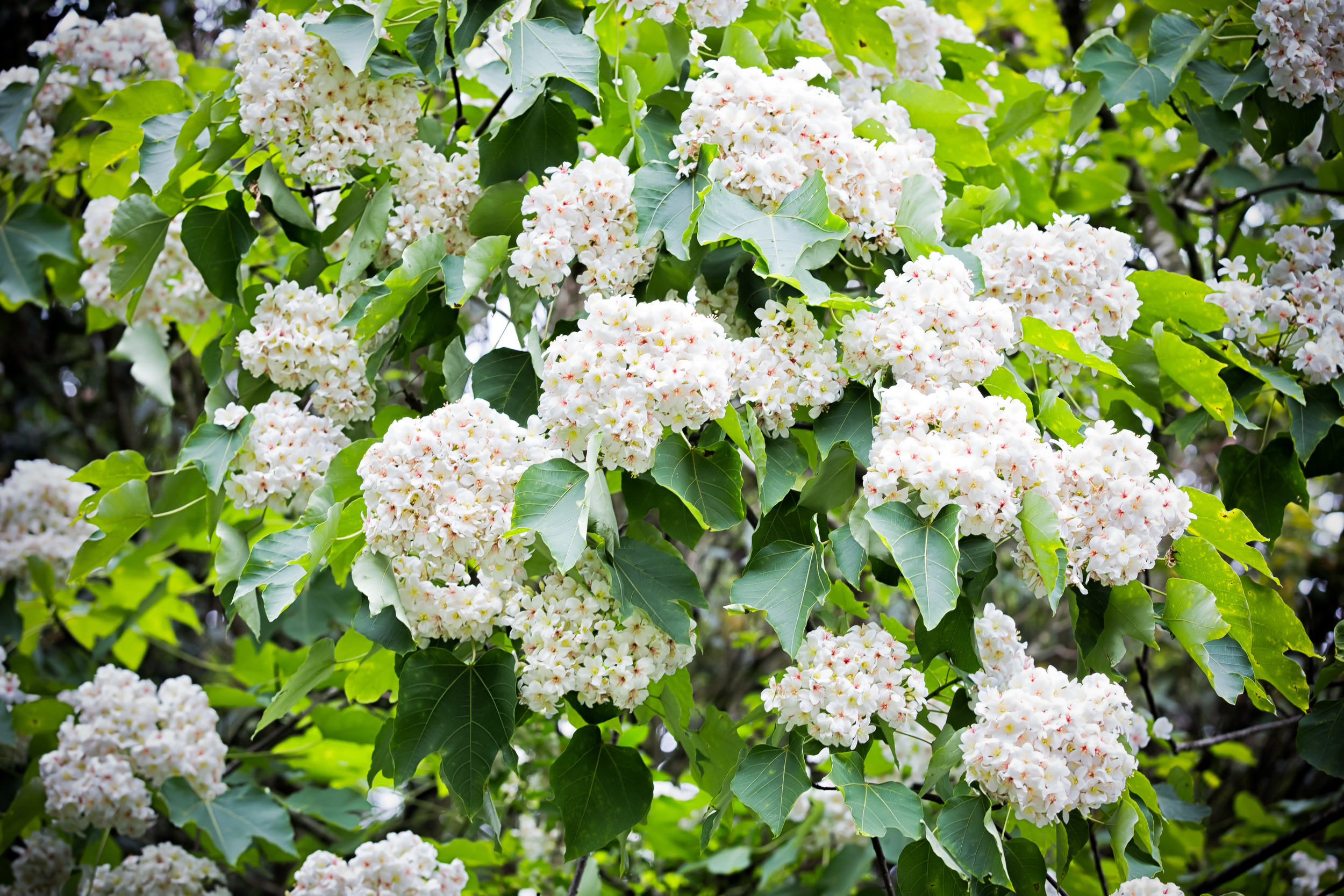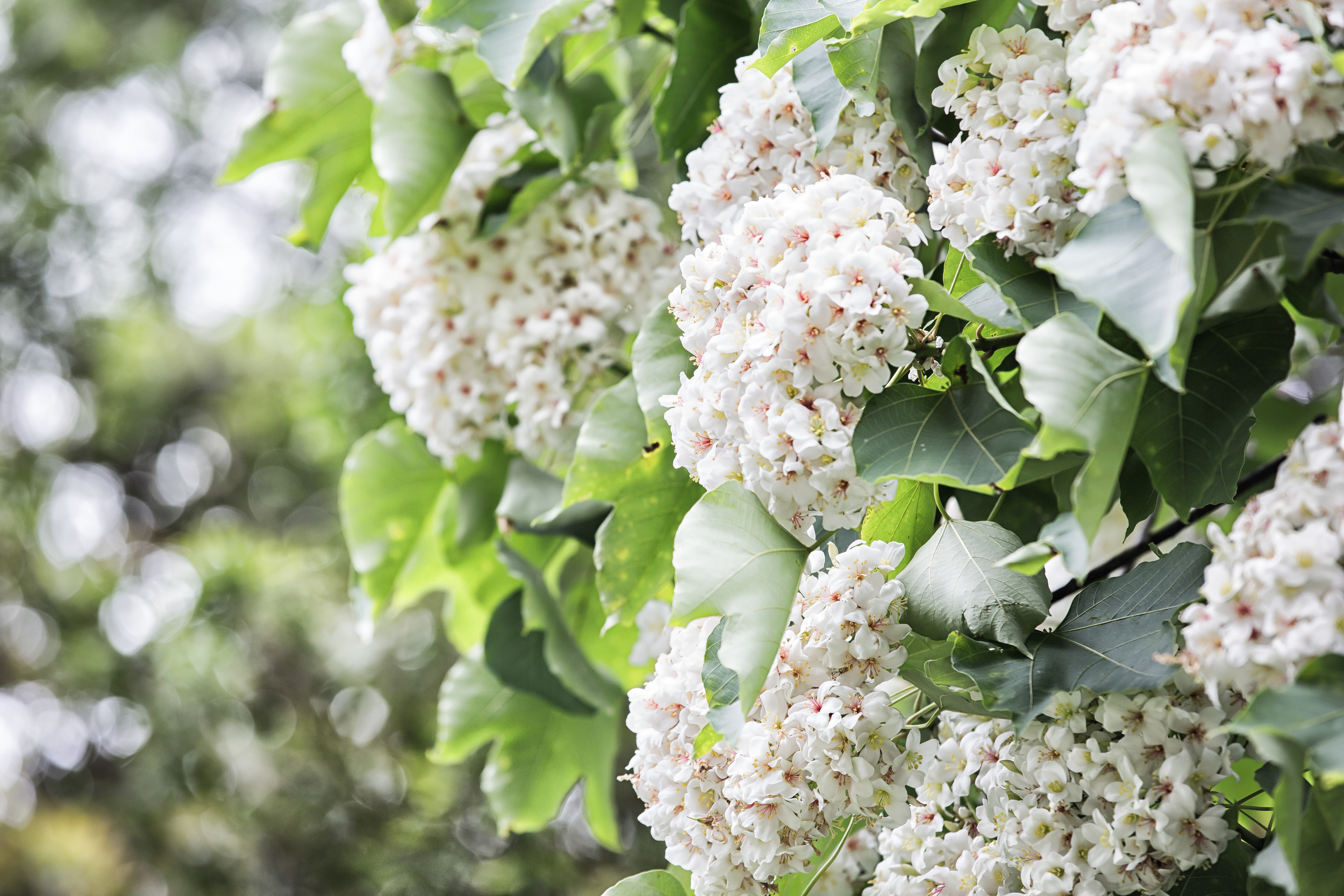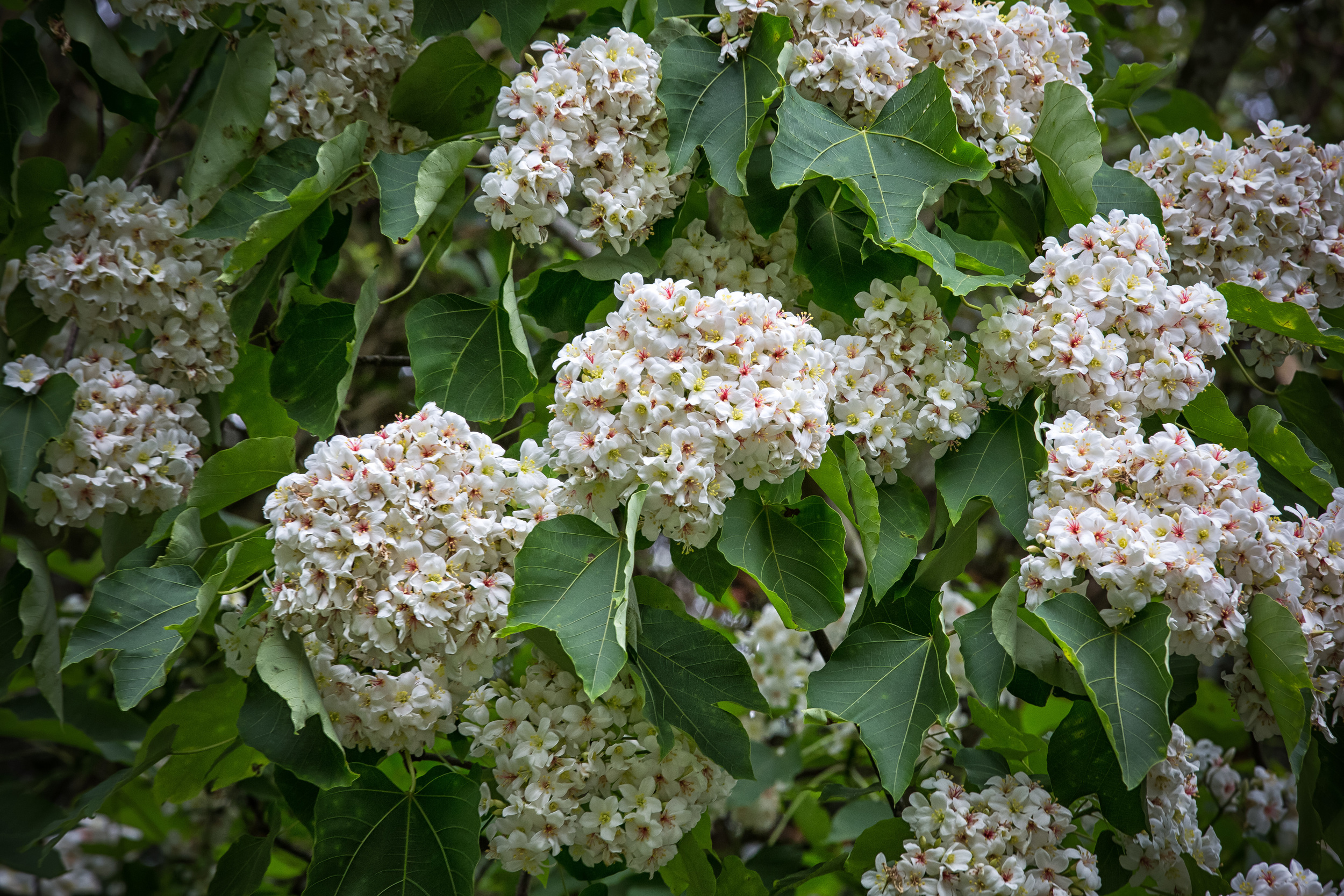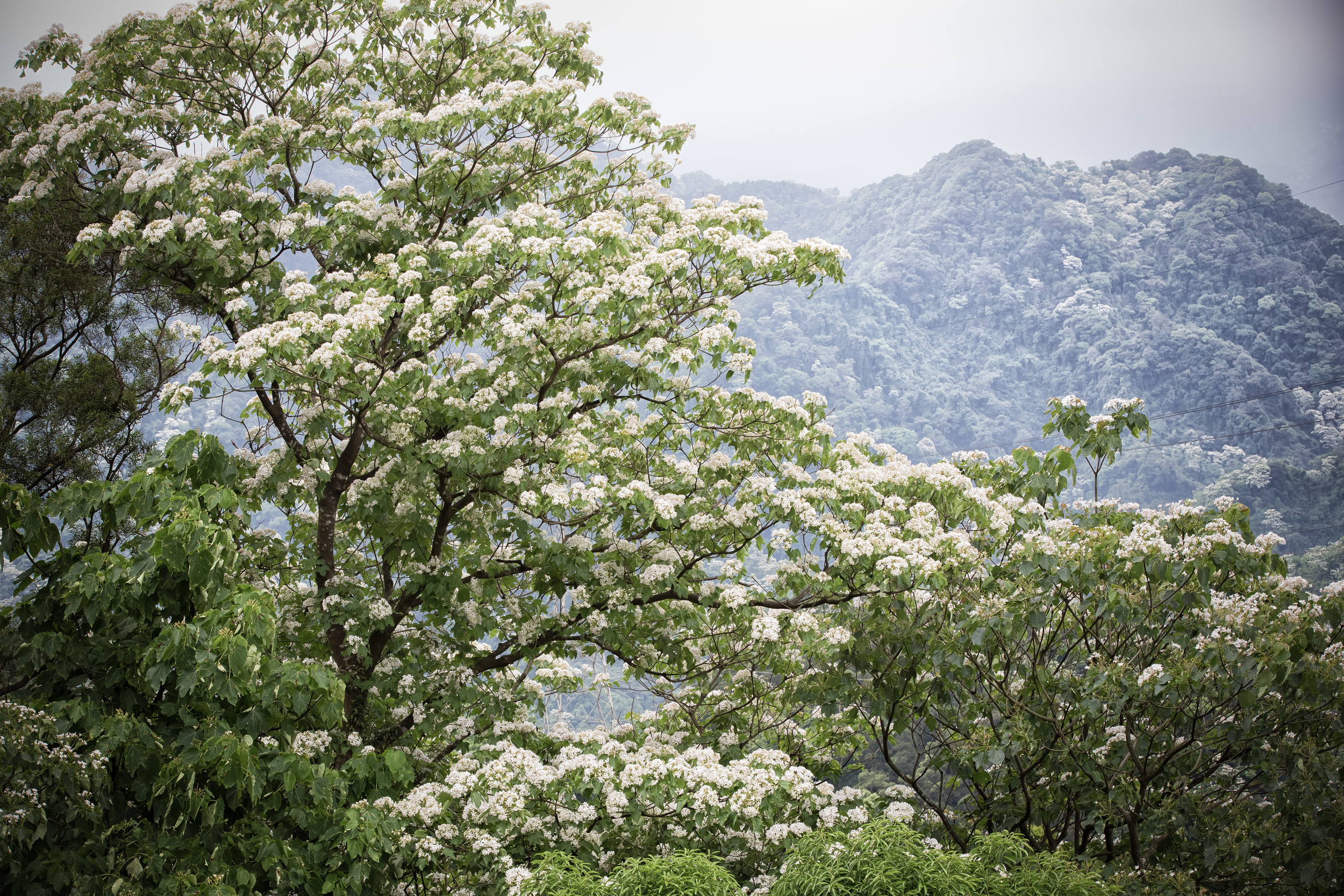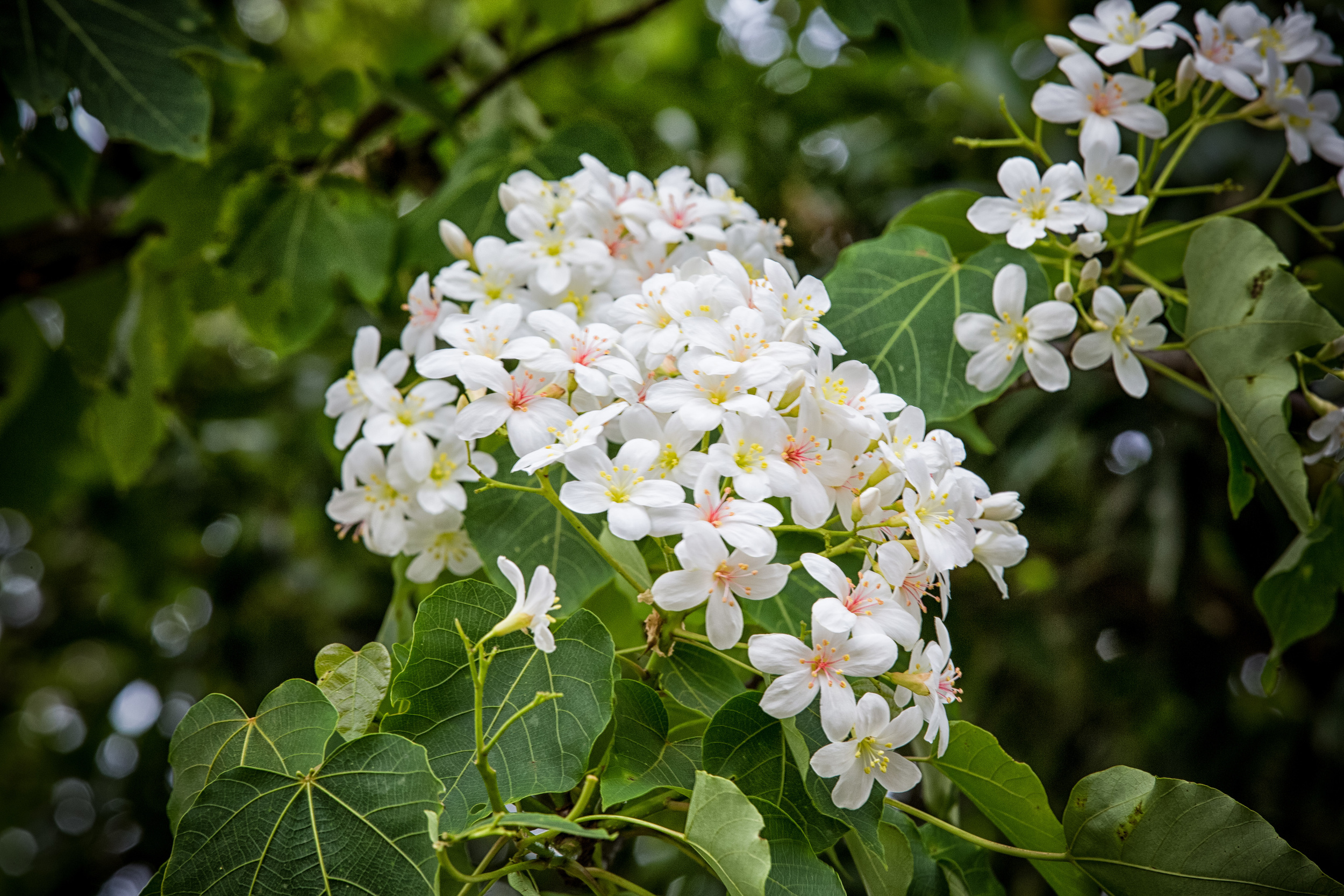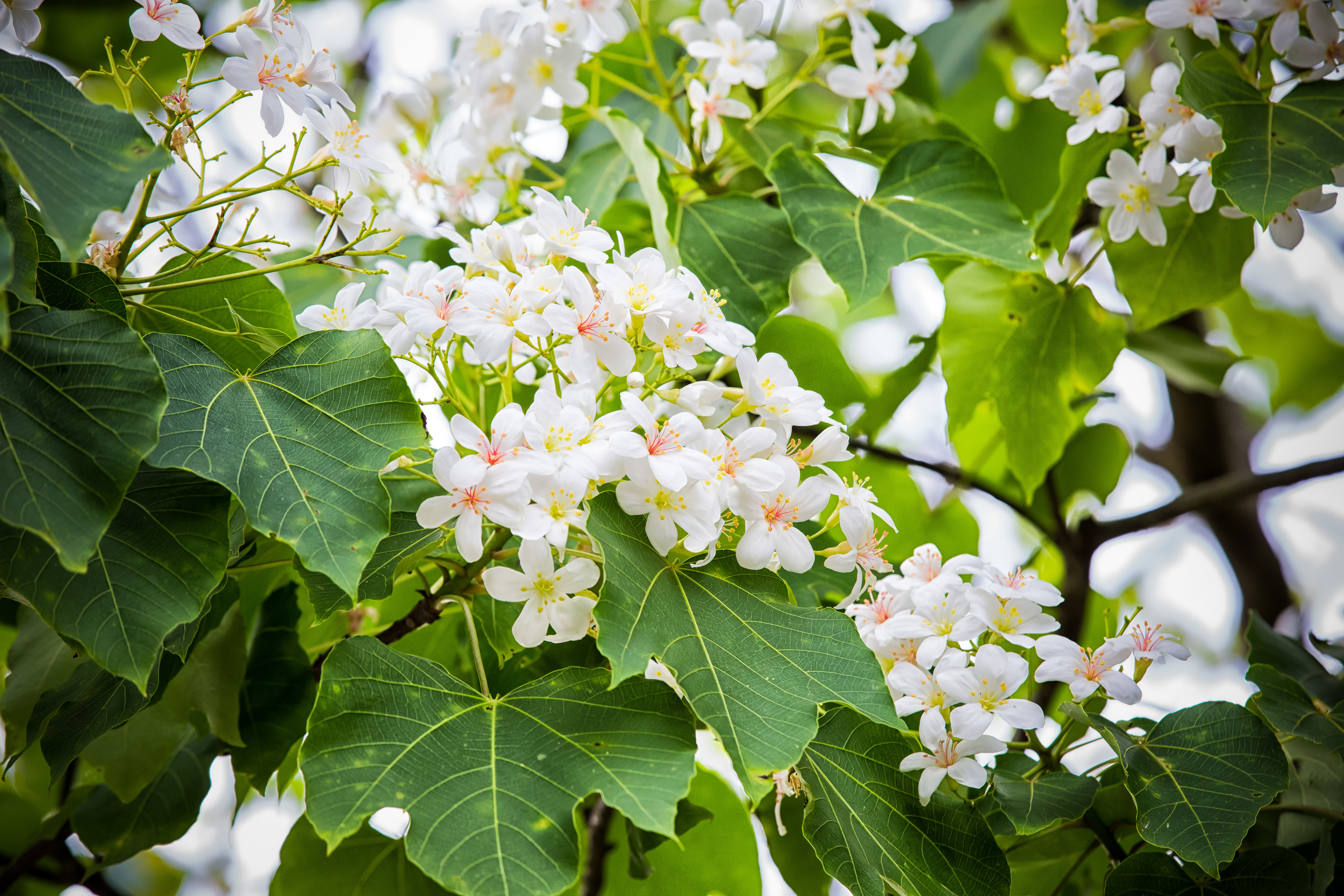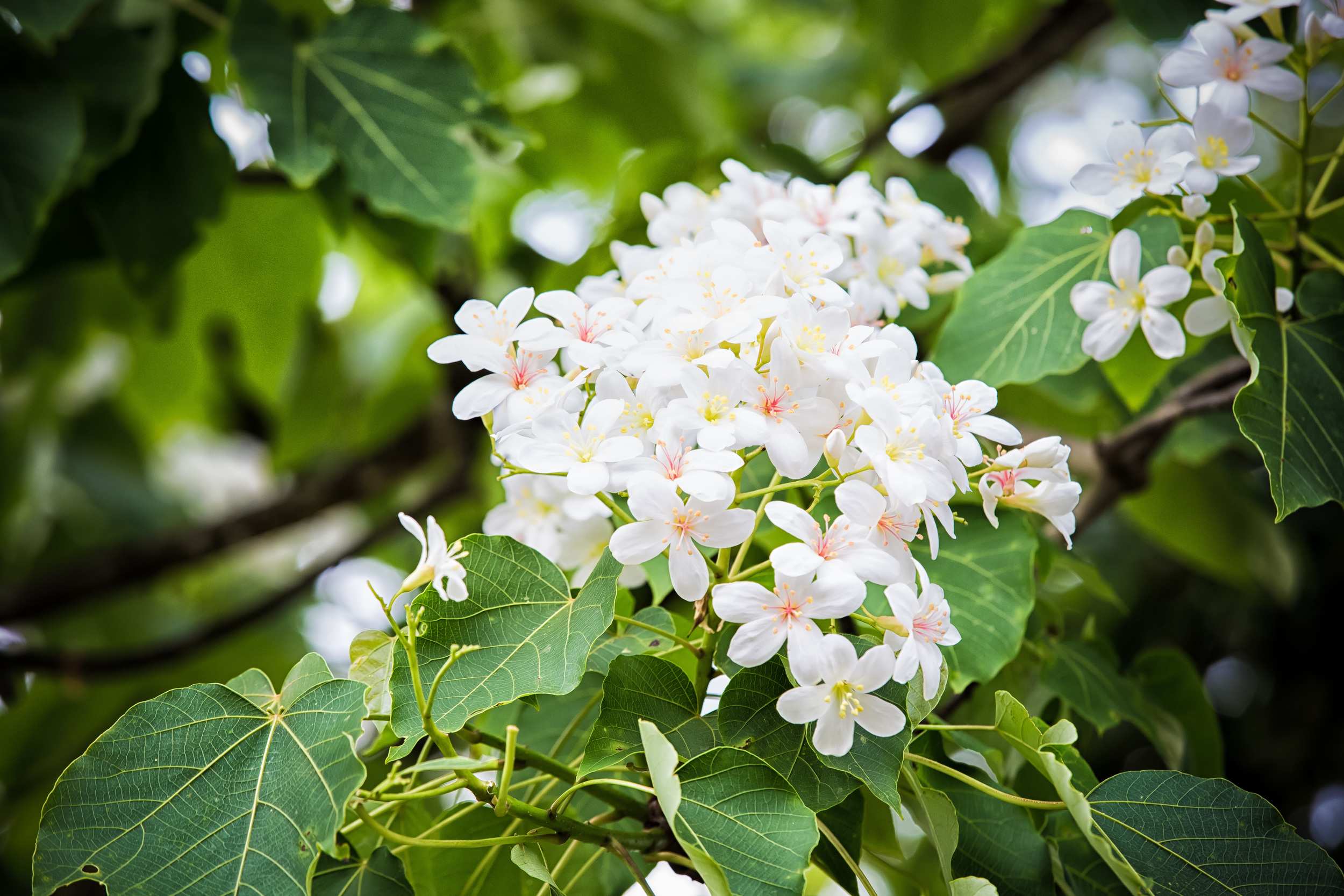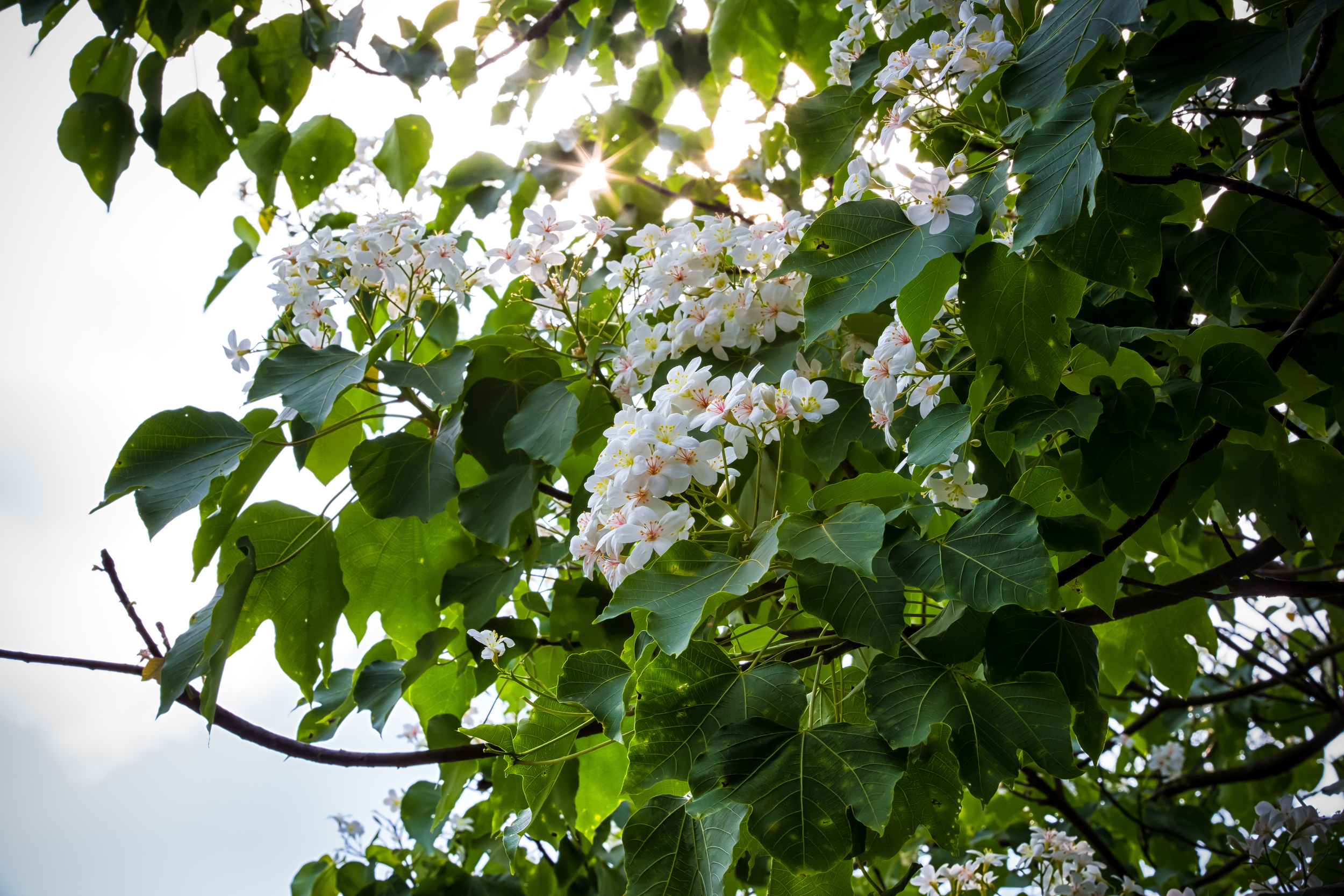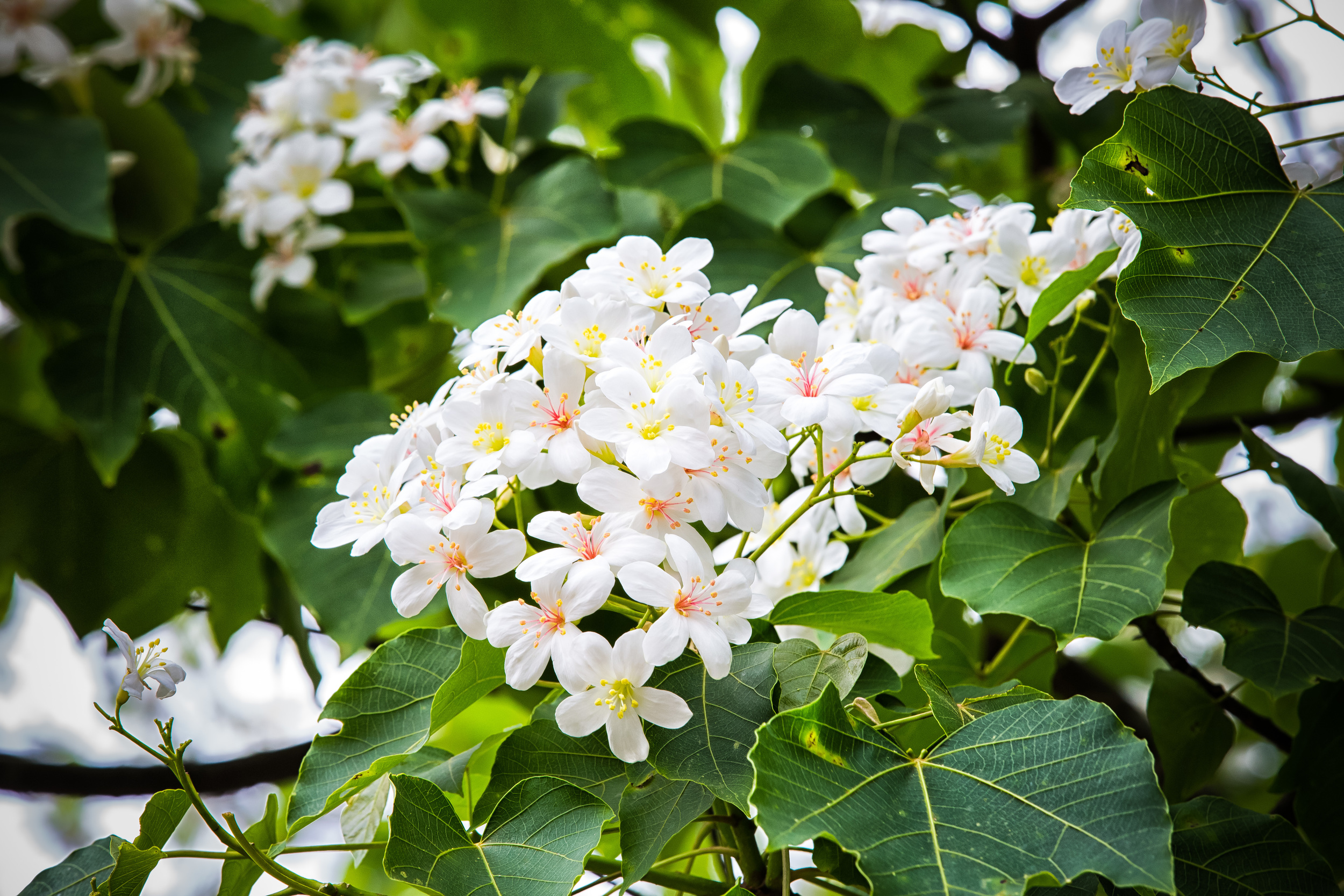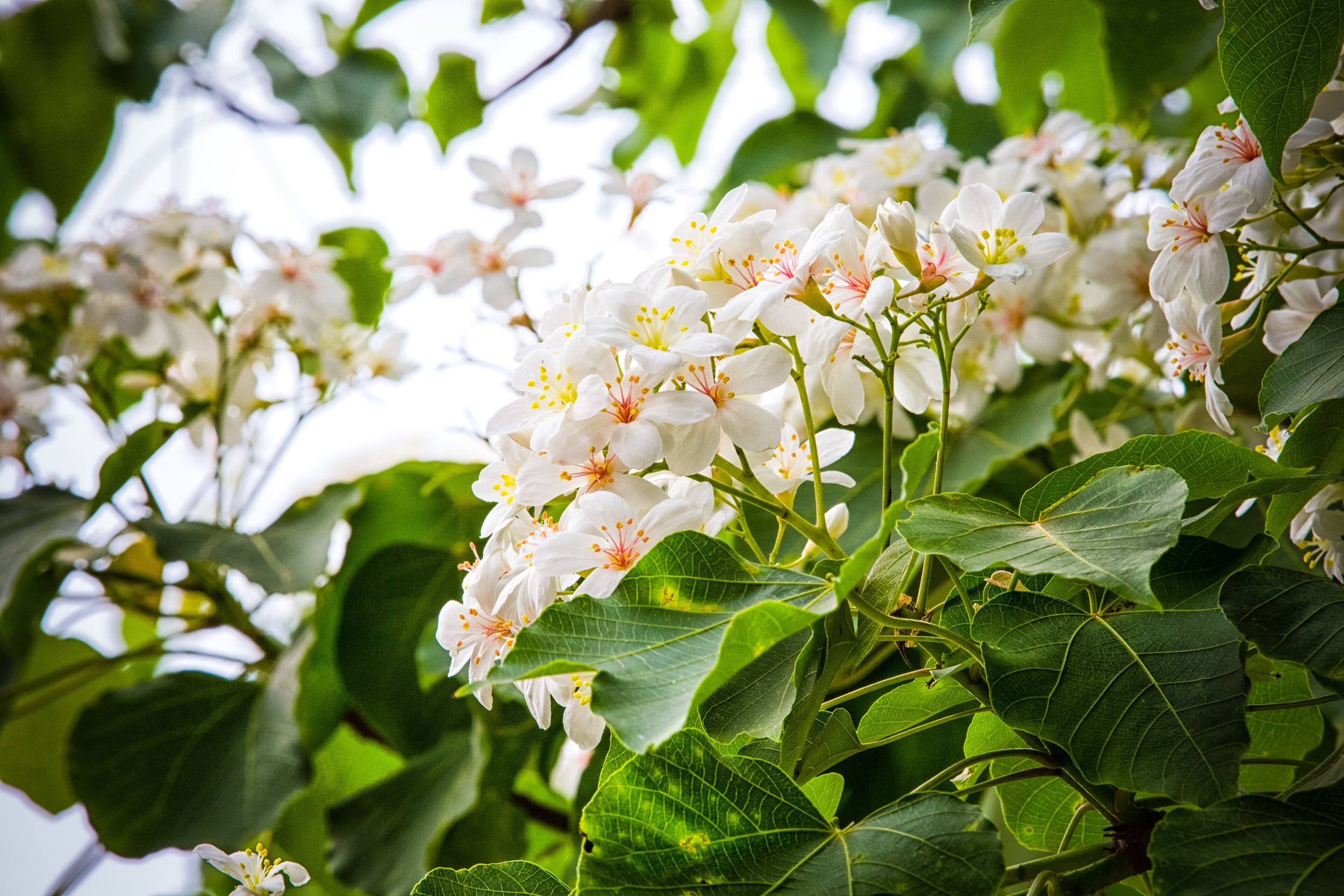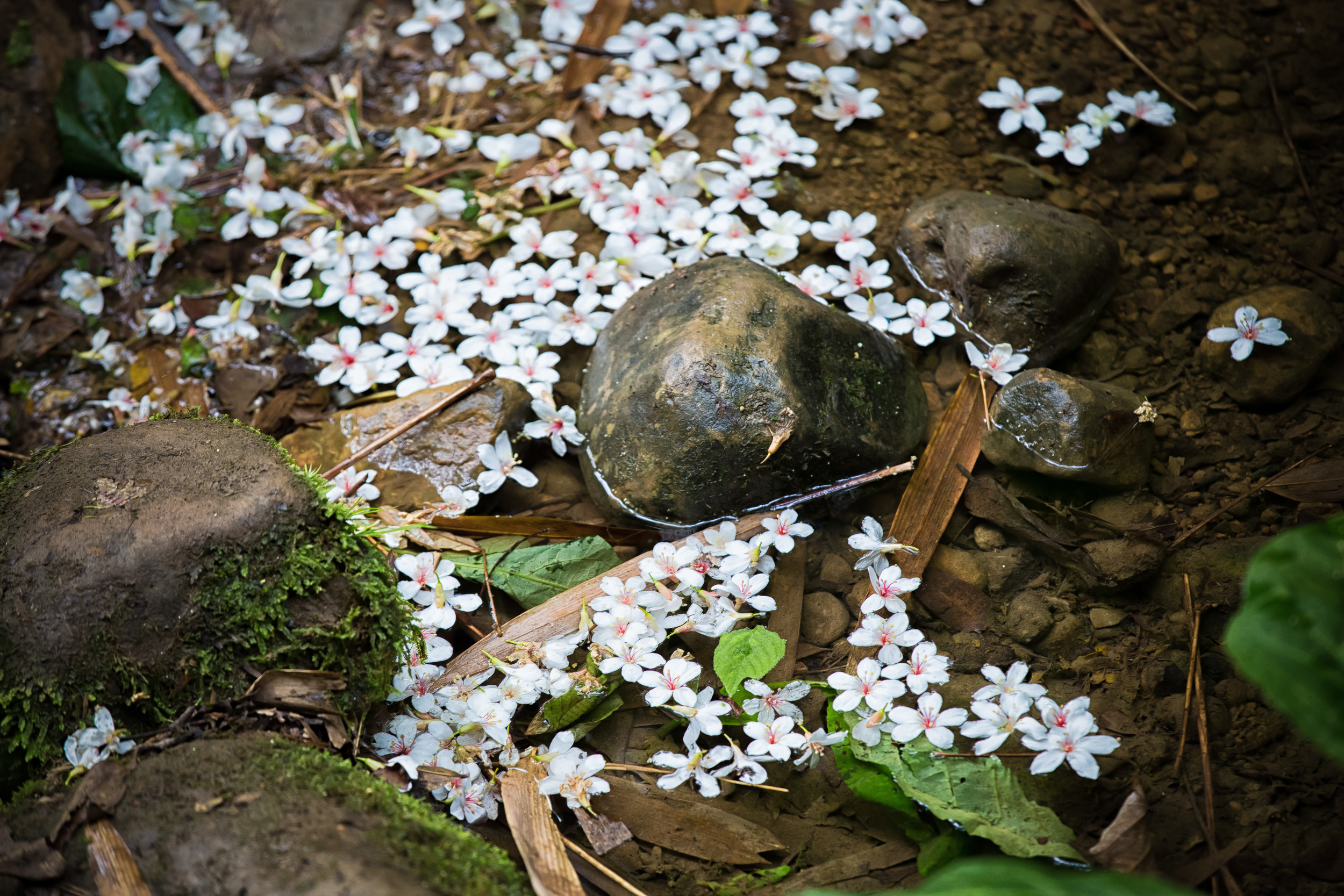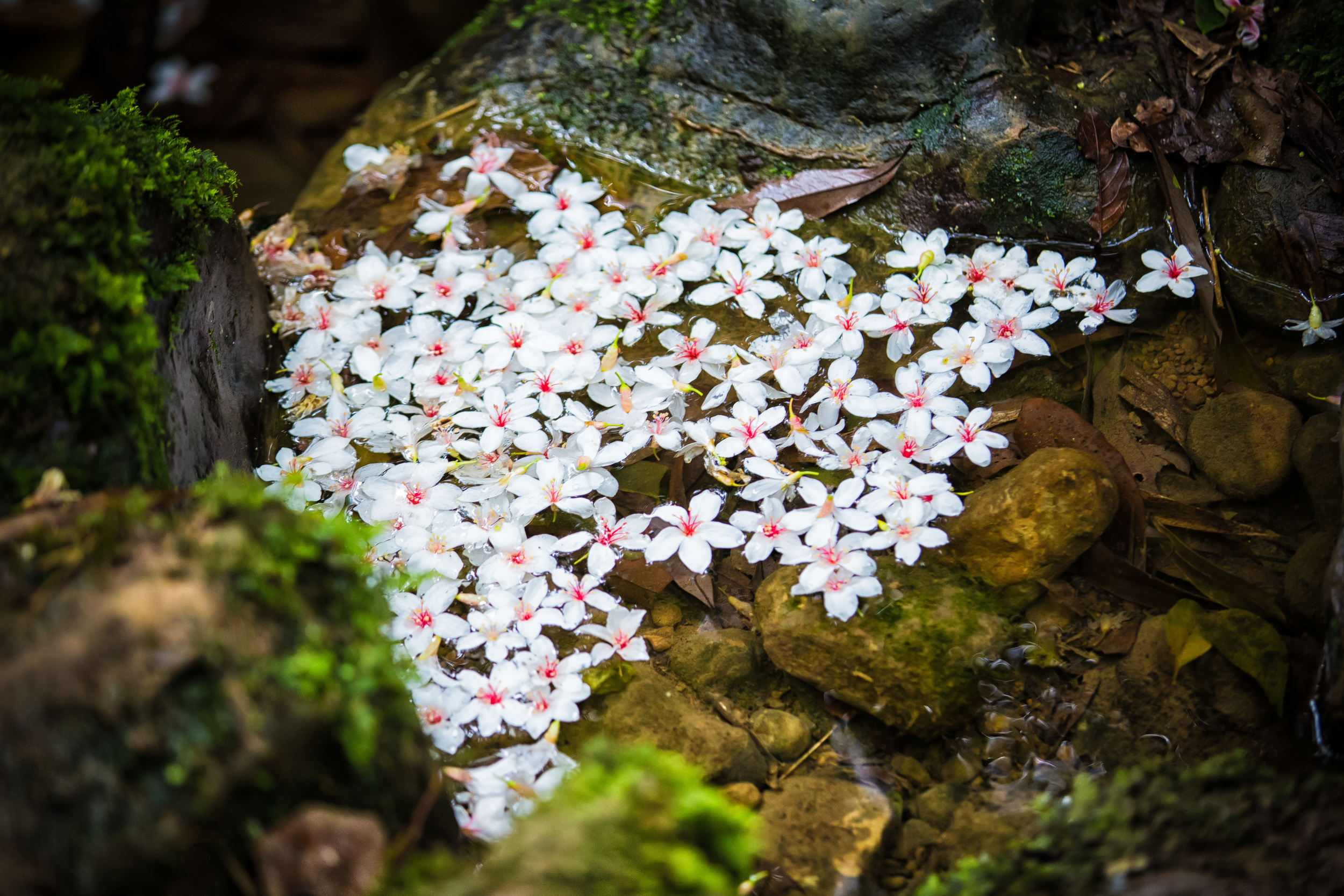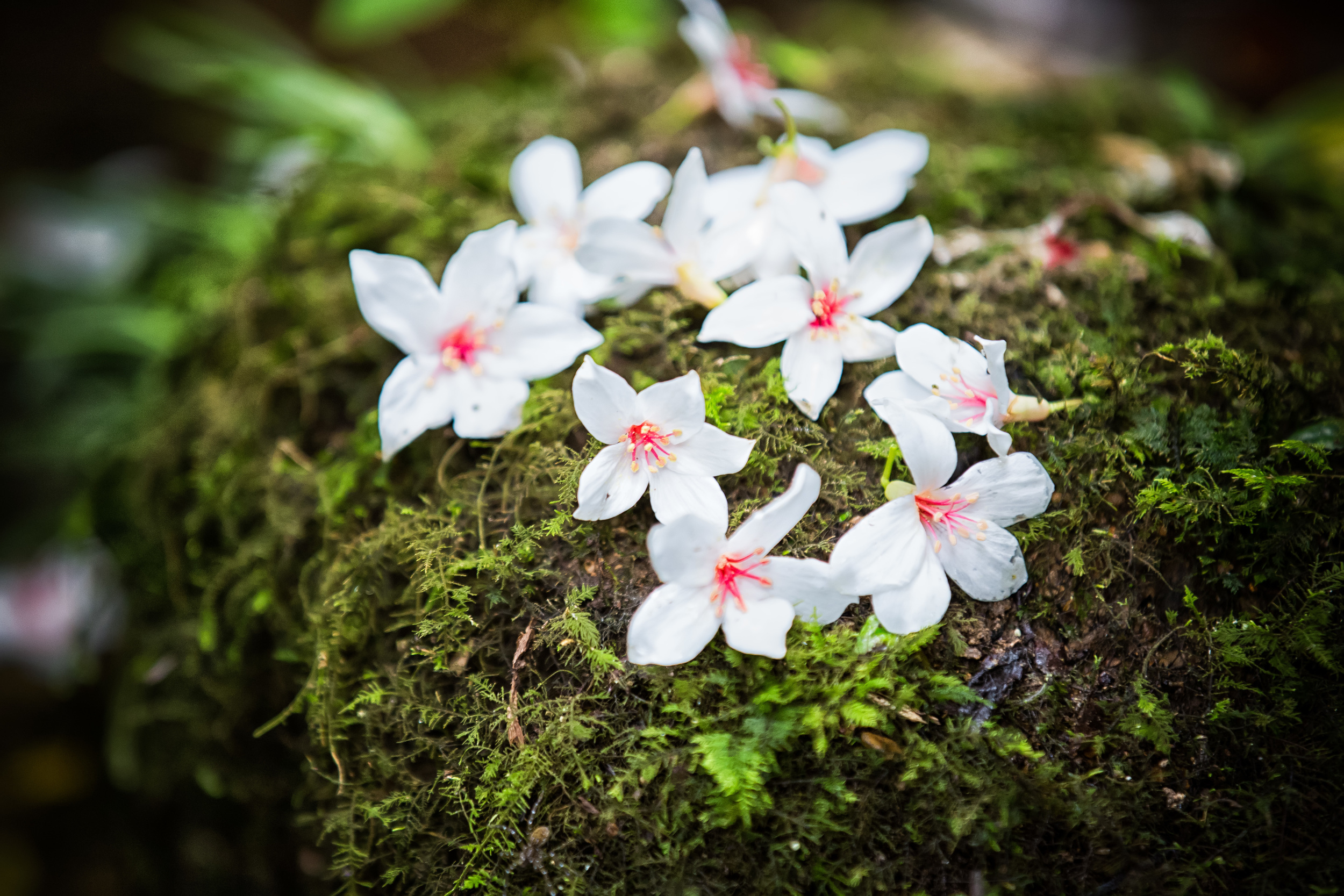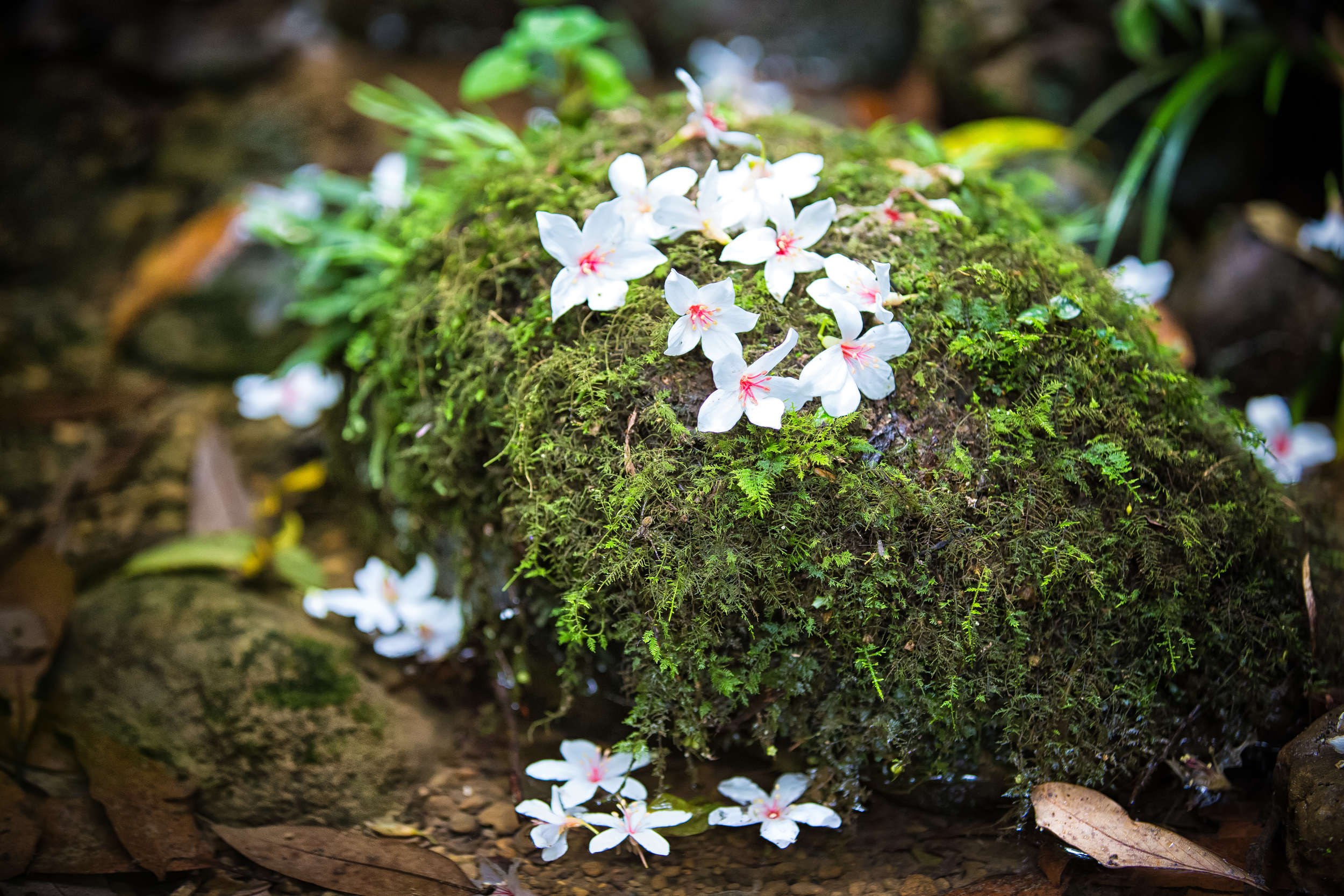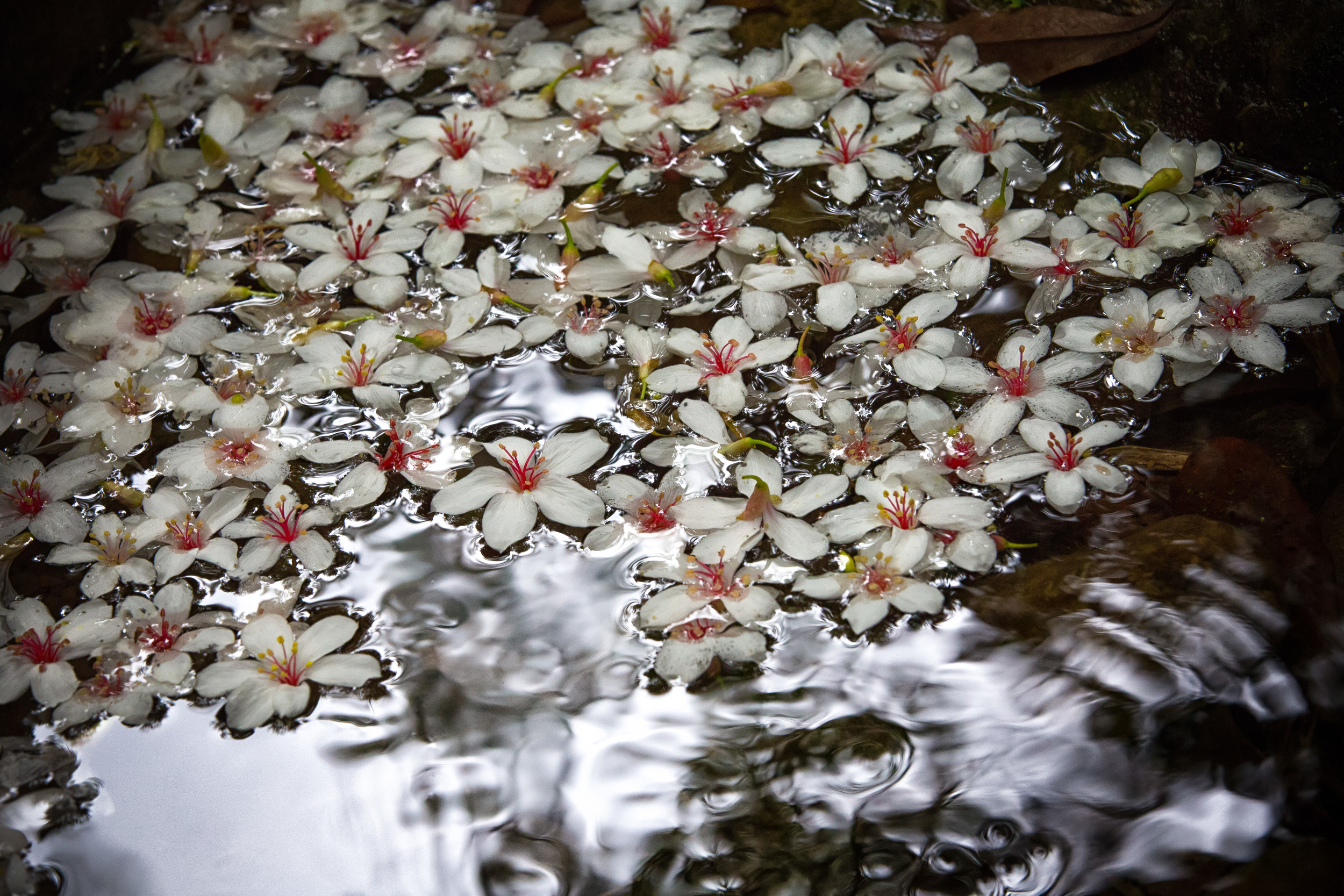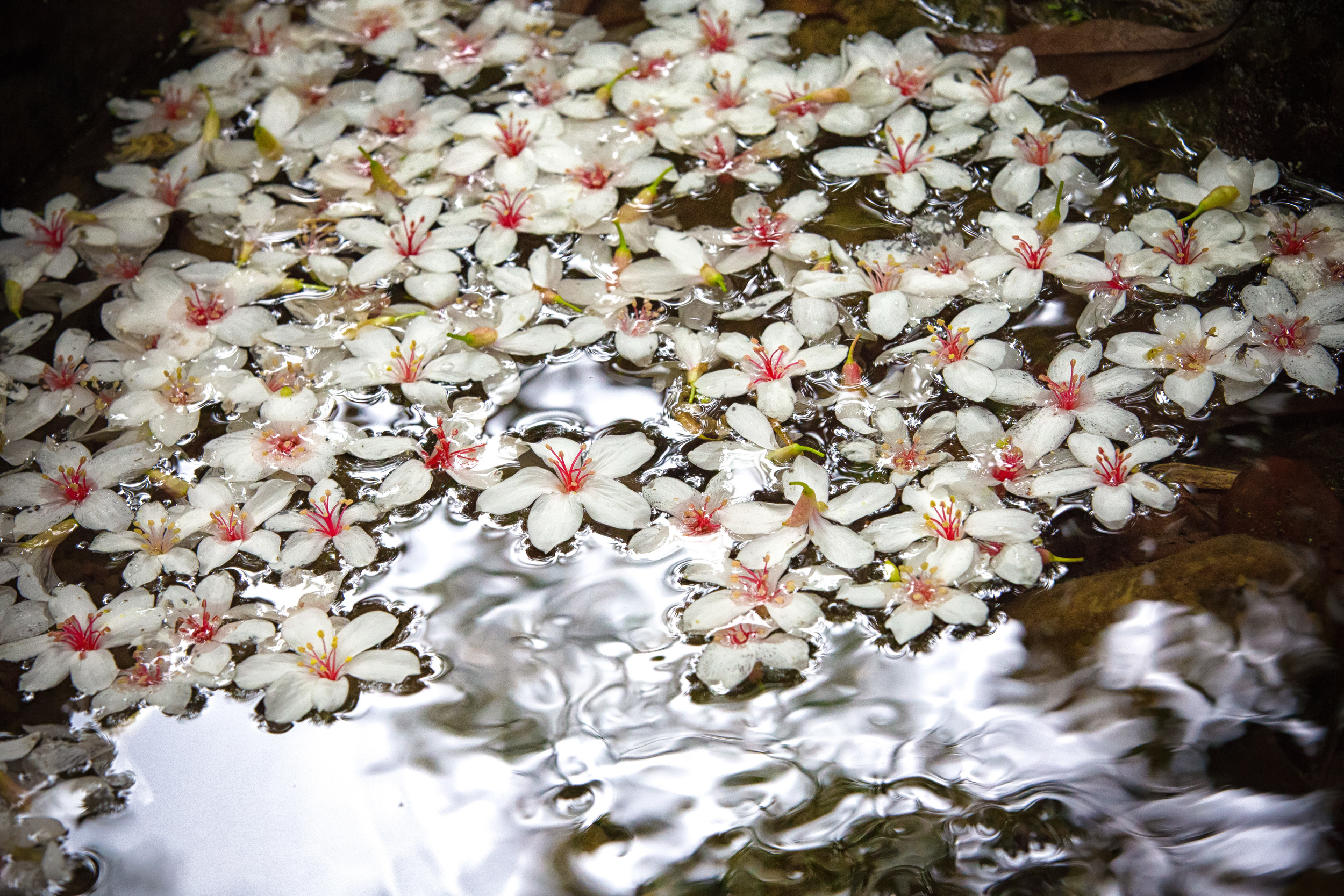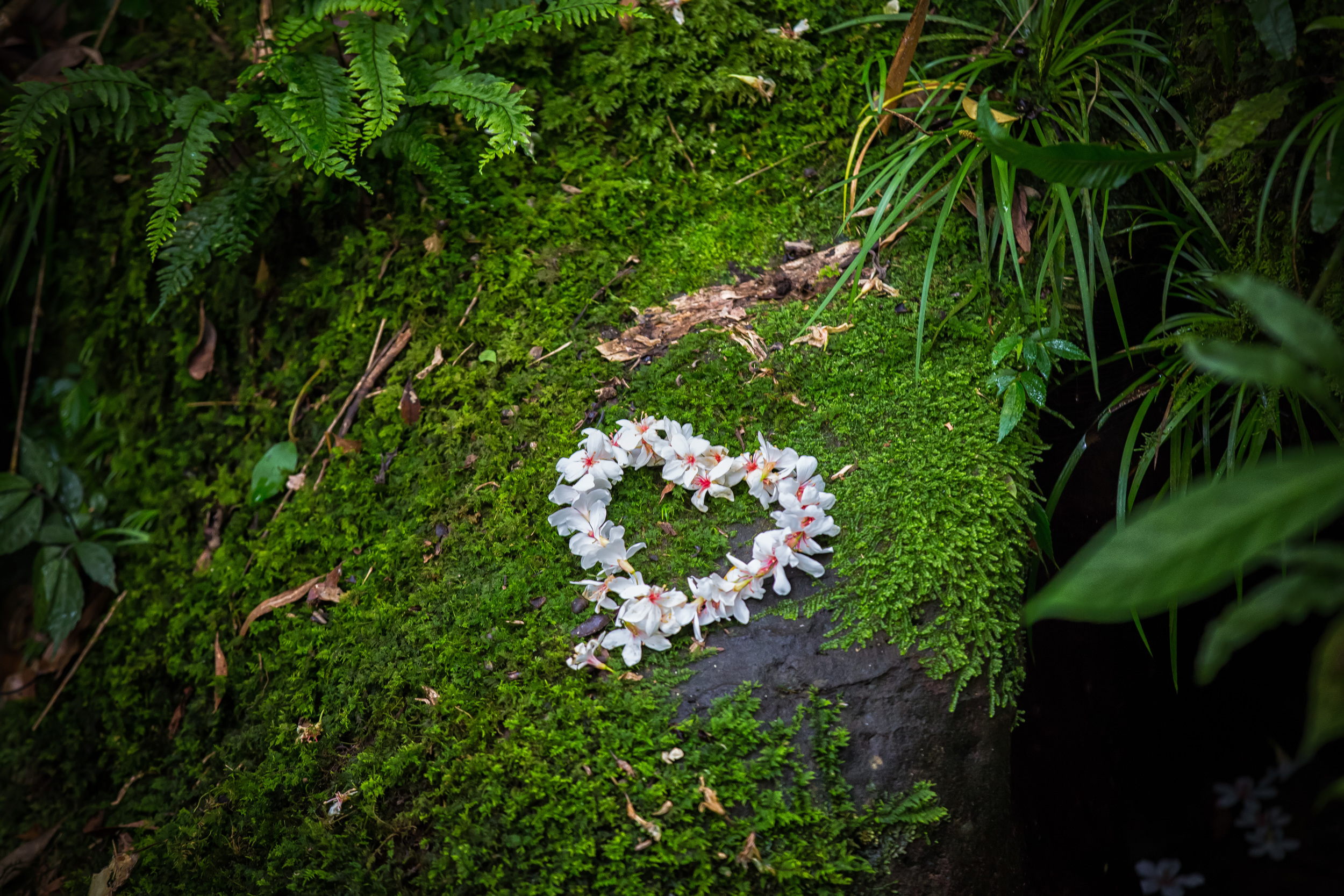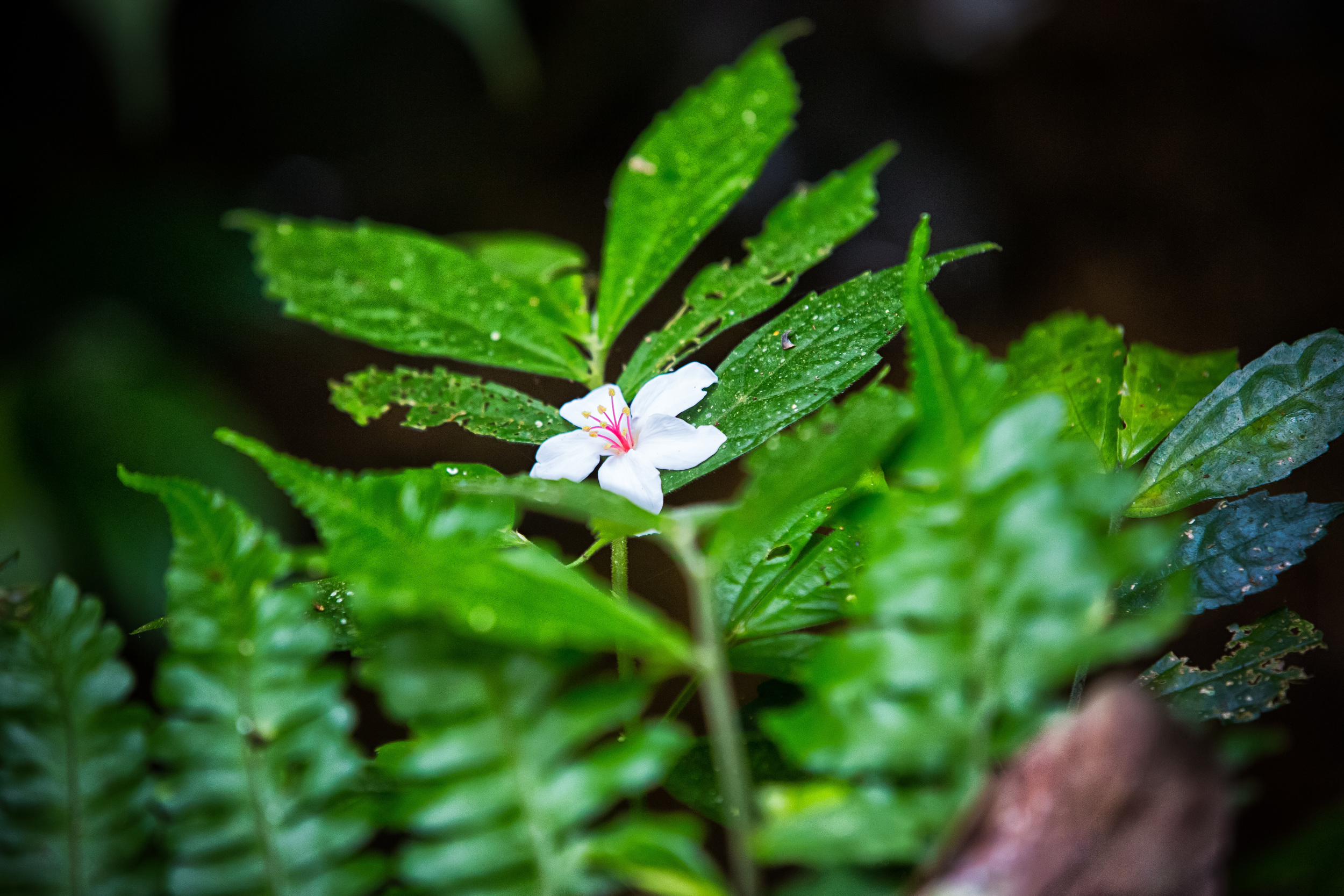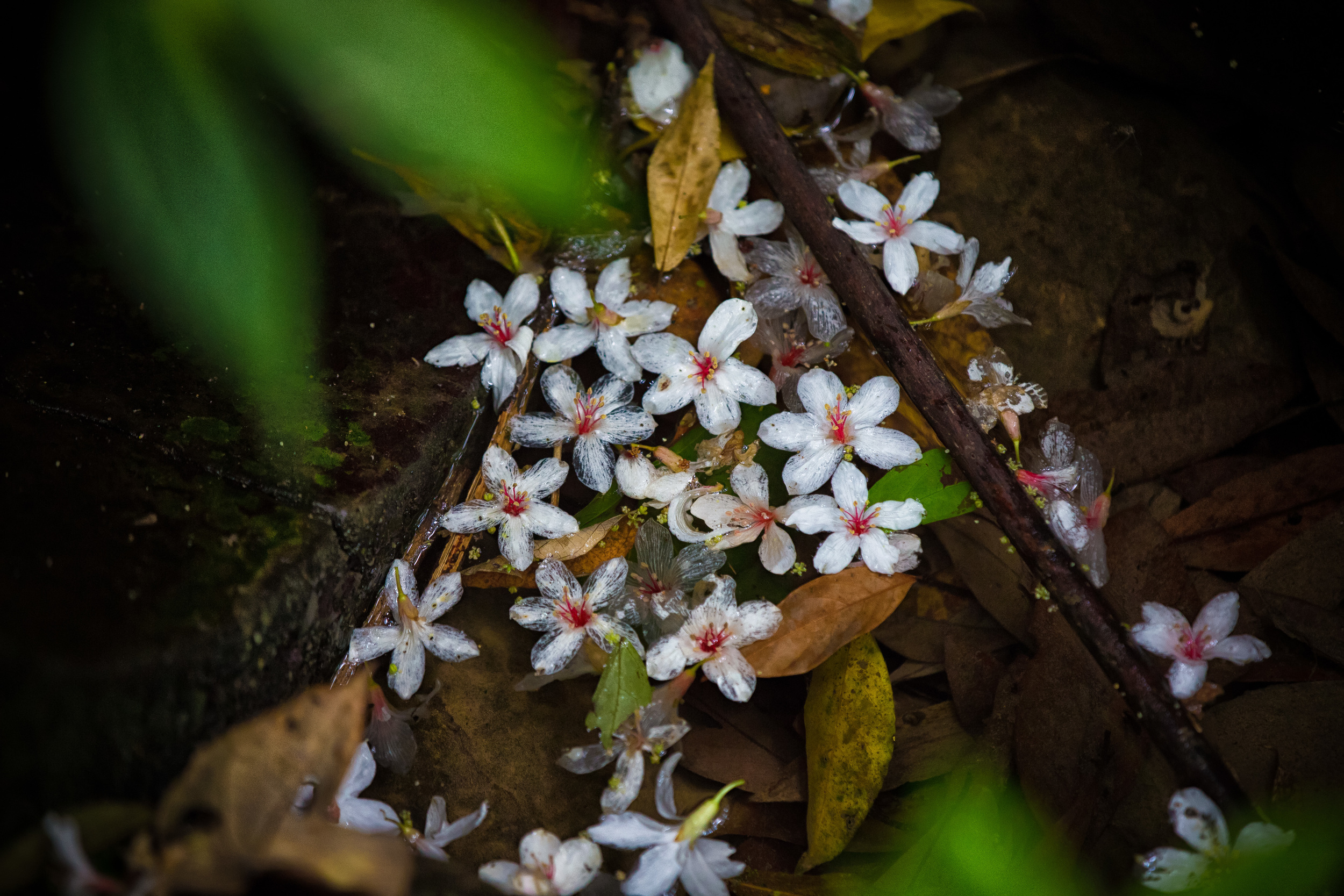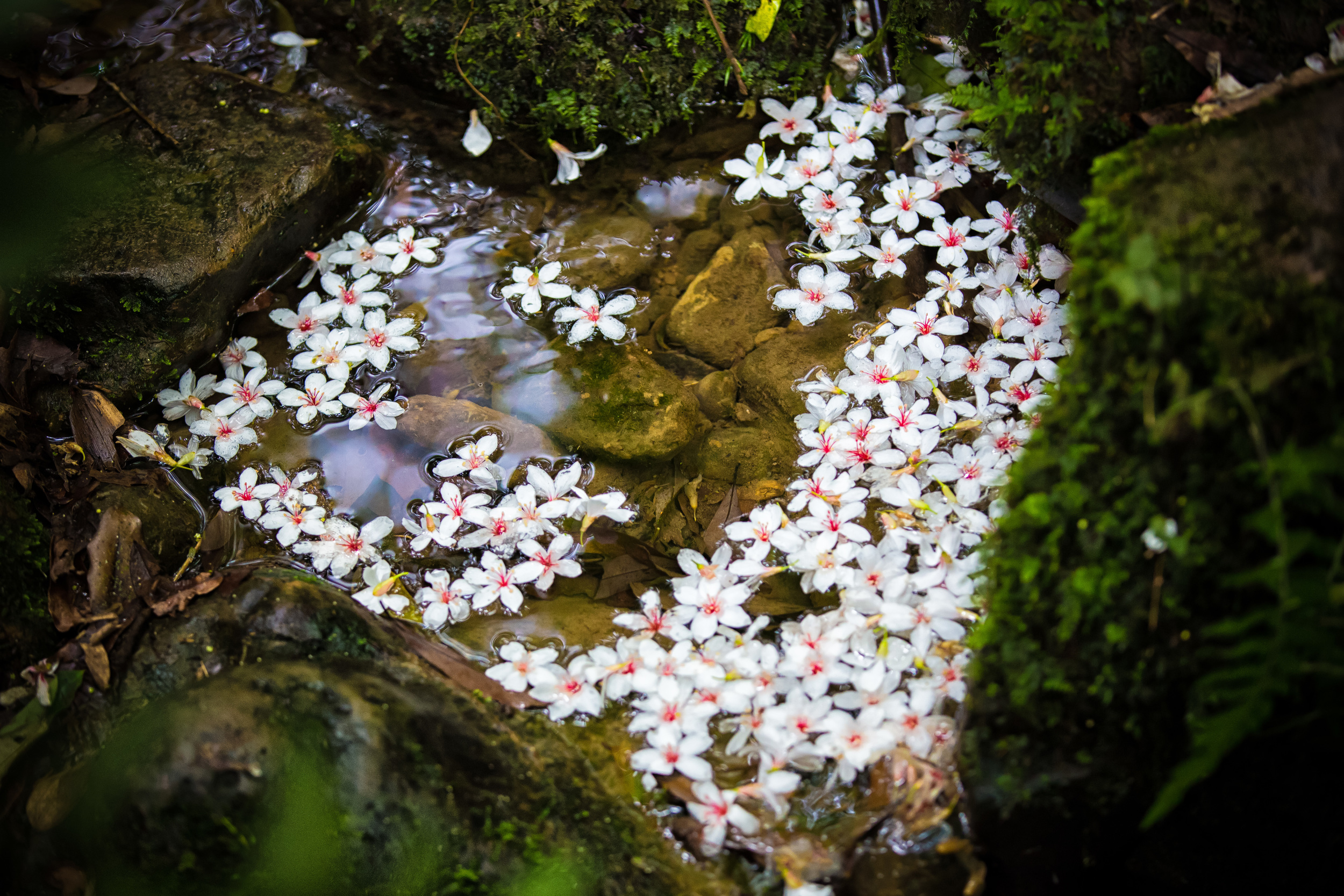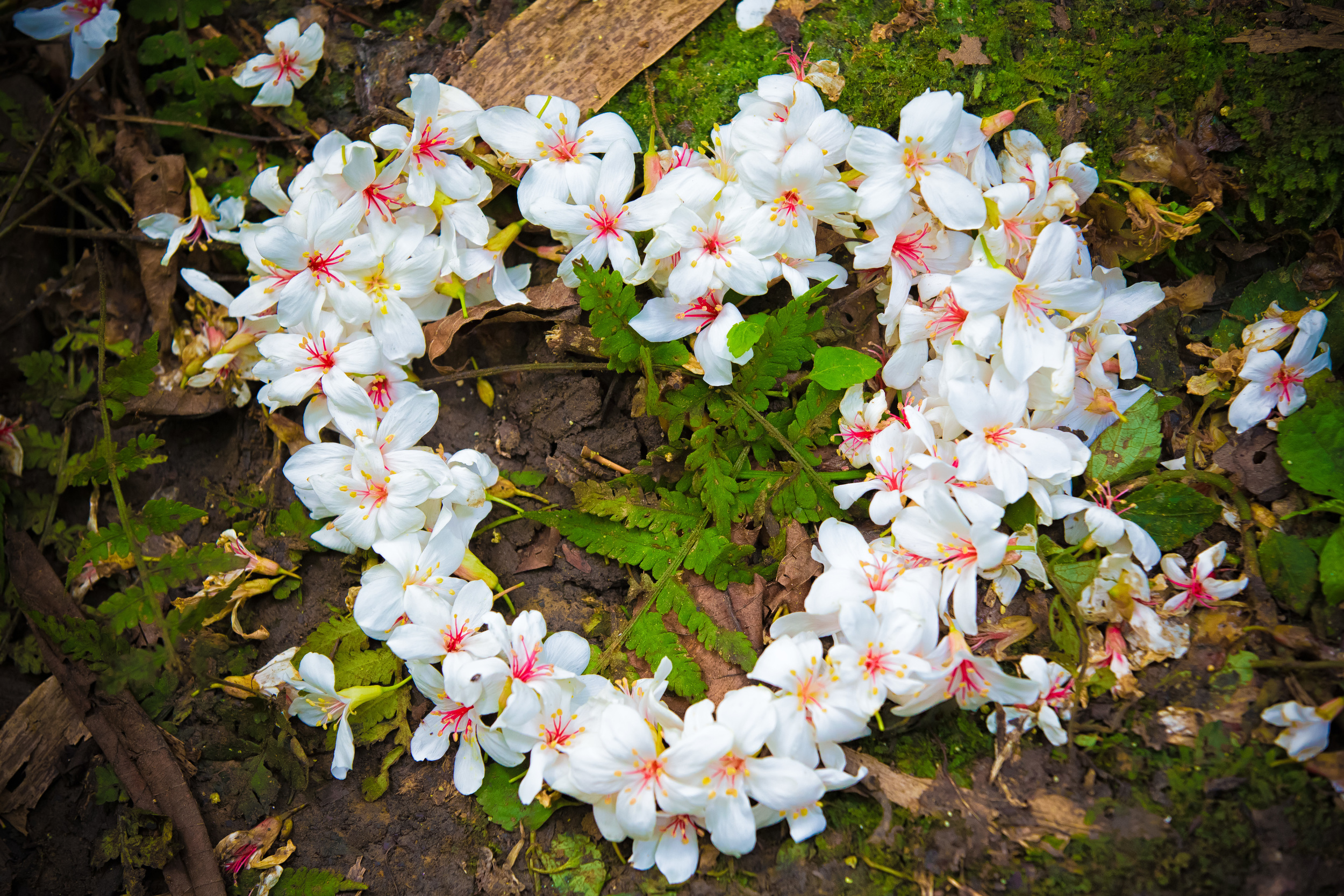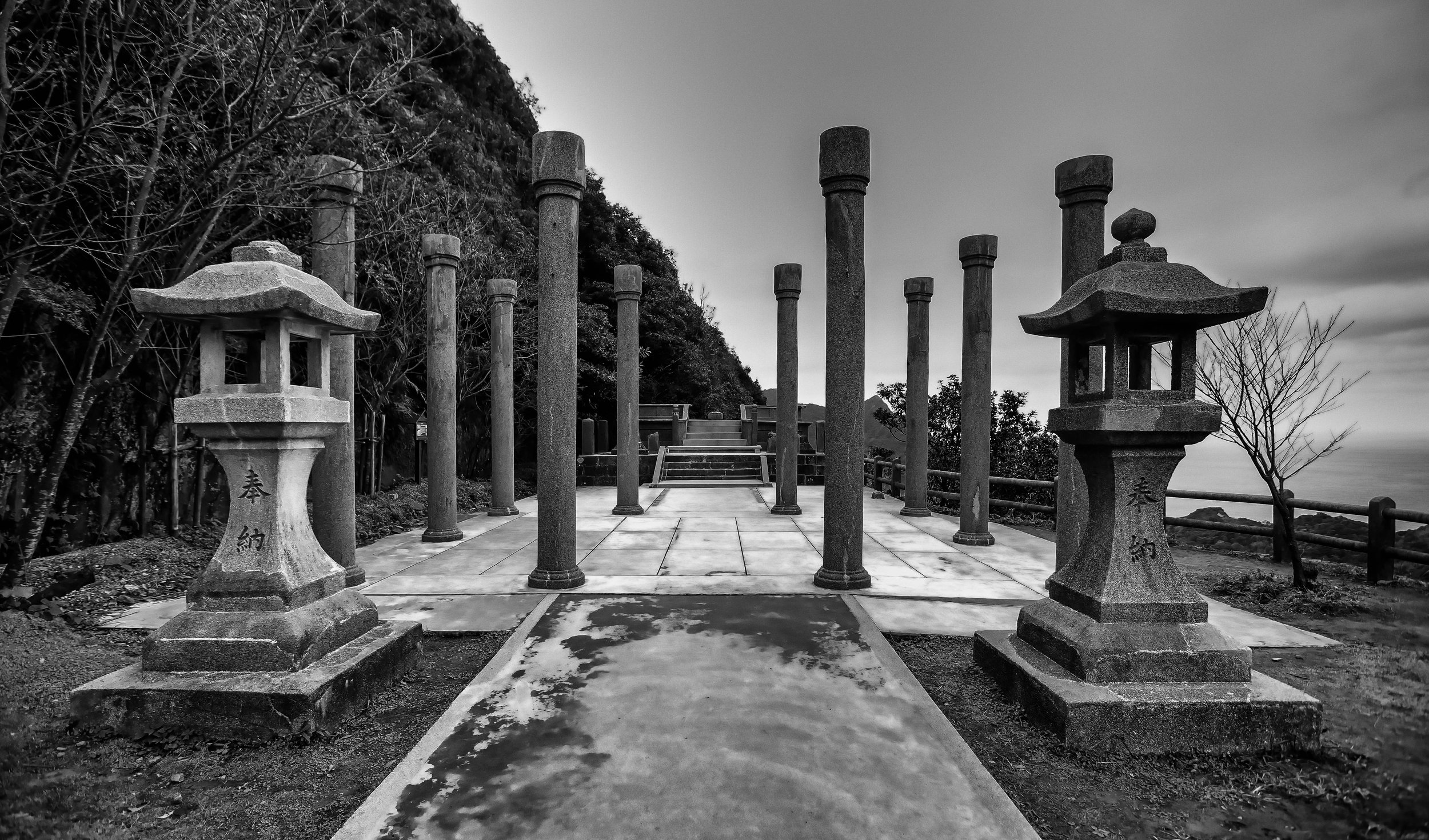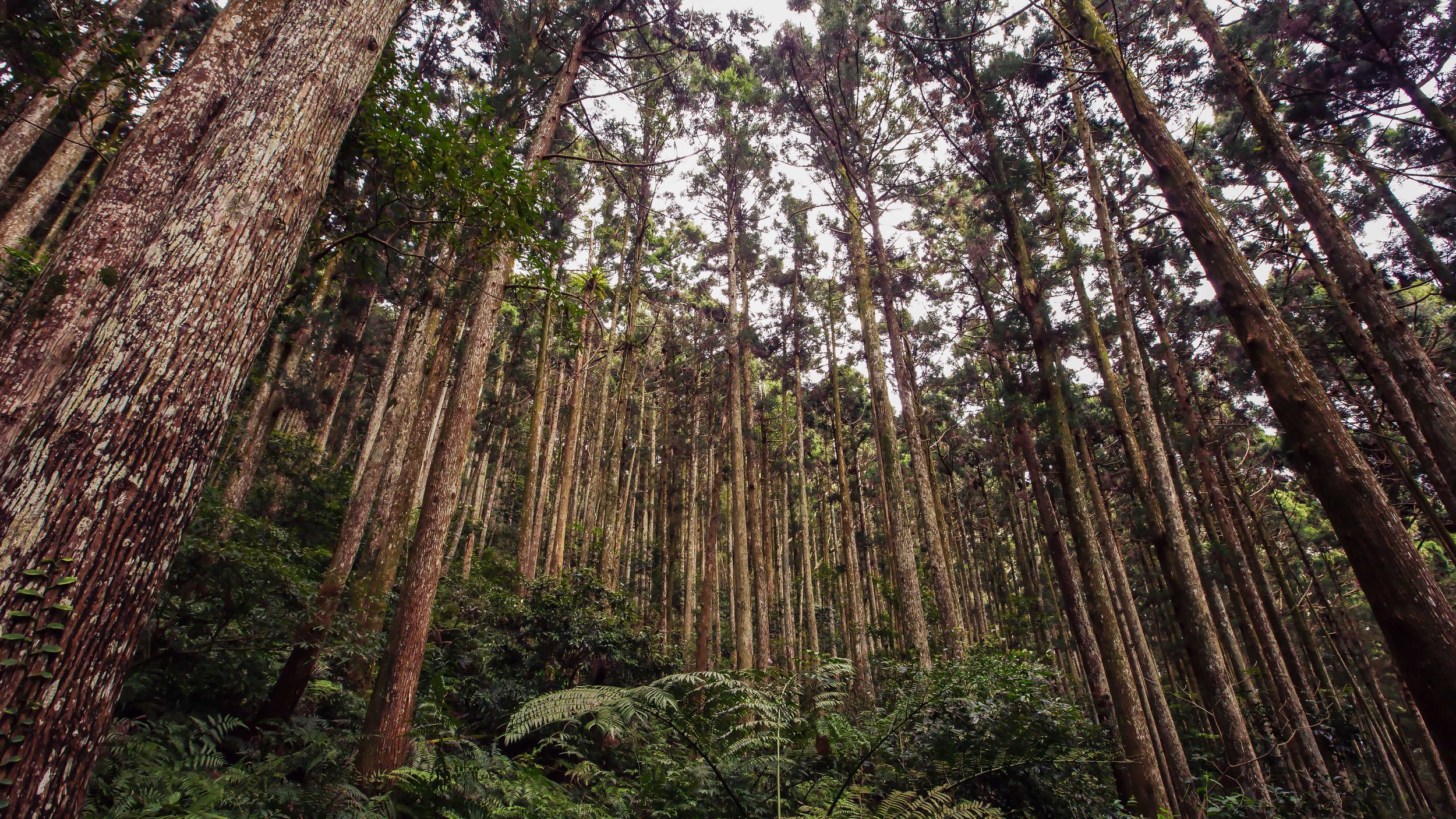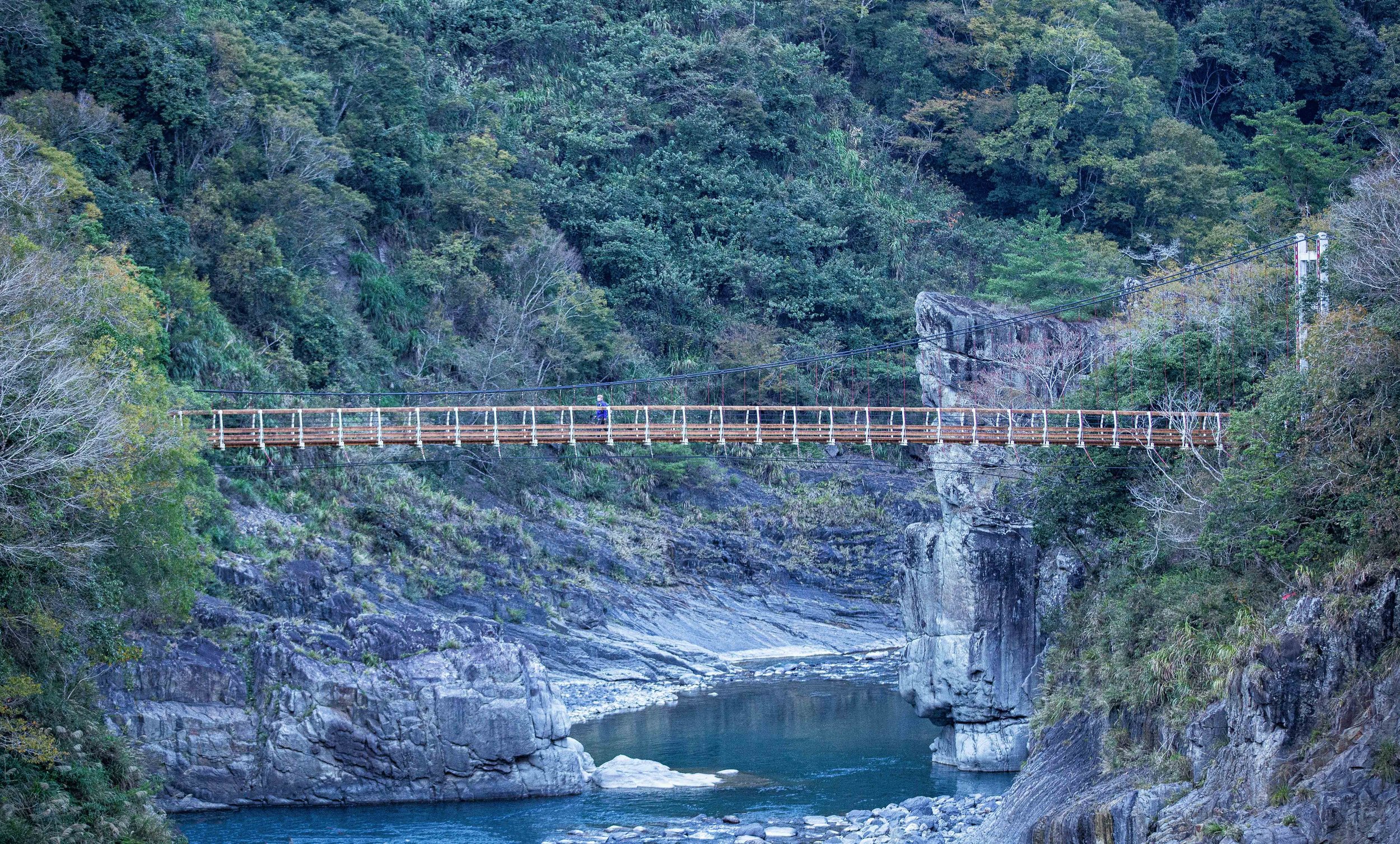Growing up in Canada for the first 22 years of my life, one thing I could always count on was that the first few months of the year would be both cold and full of snow. This year was a long winter for Canadians and even though its May, I've seen people from home posting on social media that it is STILL snowing! I'm sure most Canadians would agree that while our winter has its beauty, it tends to get old quick and we all eagerly await the arrival of spring!
My life in Taiwan on the other hand is completely different as the natural environment seems to change colours almost monthly. When the colours change here, it is a great time for photography as there is always something new to shoot and always a reason to get out and enjoy nature!
The first few months of the year bring us Taiwan Cherries (山櫻花), Rhododnendron (杜鵑花), Peach Blossoms (桃花), Yoshino Cherries (吉野櫻) and Calla Lilies (海芋) which in turn bring out massive crowds of people to the places they grow. The people of Taiwan have a lot of respect for their natural environment as well as the abundant floral environment that we have here, so these areas have become tourist attractions especially in spring when people tend to relax and have more vacation time.
In April and May forests in the country turn white with the popular Tung Blossoms (油桐花) that line mountains and hillsides around the country. Taiwanese people often refer to Tung Blossoms as "April Snow" or "May Snow" (depending on when they are in full bloom) and their arrival attracts people from all over the country.
The Tung Tree (油桐樹), a deciduous tree that can grow up to 20 meters tall and is endemic to south China and Burma was originally brought to Taiwan by the Japanese during the occupation period and was planted in mountainous areas in north-western Taiwan.
The cultivation of the tree was important economically to the Hakka people who lived in the areas where the trees were planted and thus started a long-lasting relationship between the Hakka people and the tree that continues to this day.
The tree brought with it economic benefits as its seeds were instrumental in the production of Tung Oil which was used to make paint, varnish, caulking and wood finish while the wood in turn was used for making everything from furniture to toothpicks.
When the economic benefits of the Tung tree eventually subsided, the tree transformed into a symbol of the Hakka people who showed their respect for the economic prosperity the tree brought them.
In 2002 the Council for Hakka Affairs started the "Hakka Tung Blossom Festival" (客家桐花祭) an annual event that takes places during the blooming season as a way to promote Hakka culture. The event attracts crowds of people into Hakka-dominant areas of the country to not only see the Tung Blossoms but to experience Hakka culture and cuisine.
When Tung Blossoms are in bloom, there are areas set up in New Taipei City (新北市), Taoyuan (桃園市), Hsinchu (新竹縣) and Miaoli (苗栗縣) where people can view the blossoms and in turn experience Hakka culture.
One of the coolest things about the Tung blossoms is that in areas where they grow in abundance they tend to turn hiking trails 'white' as the blossoms fall to the ground. The blossoms falling also gives off an effect of snow falling in the forests which is beautiful as hundreds of them are falling around you while you're hiking.
On the weekends people will travel from all parts of the country to come and see the blossoms, hike a bit and have some food.
Tung Blossoms are popular with people of all ages, but recently especially with young Taiwanese couples who enjoy hiking into the mountains to have impromptu photoshoots with the Tung Blossoms.
Its also common that people will gather some of the blossoms that have fallen on the ground and arrange them into hearts or other shapes or even make a Tung blossom halo that they put around their heads. I visited two different areas to get the shots I used in this blog and in the areas I visited I saw the blossoms arranged in heart shapes, in the shape of Taiwan, and in the Chinese character for love (愛)
Personally, I much prefer taking shots of the blossoms in their natural surroundings. I like taking shots of them while they're still on the tree and I like how they look when they land on the ground or in a river or mountain stream. I'm not really big on the blossoms being arranged in heart shapes for a photo opportunity - but we all look at photography in different ways and it is a very subjective form of art.
Now that it is May, we still have a week or two left for viewing Tung Blossoms. I recommend if you want to see the blossoms before they're all gone for the year that you should get yourself to Miaoli, Hsinchu or here in Taoyuan to check them out.
UPDATE: Most of the Tung Blossoms have already fallen off the trees in most places around the country. There are still a few places to see them I think, but make sure you refer to the link below before you go to one of the locations to save yourself from disappointment!
I'm linking to the Tung Blossom Festival website which has a lot of information in English and Chinese on how to get to the specific areas where you will have the best chance to see the blossoms before they're gone!
Gallery / Flickr (High Res Shots)
